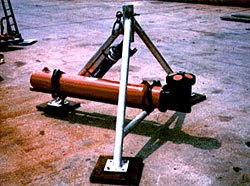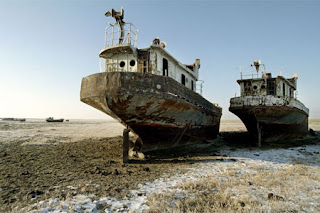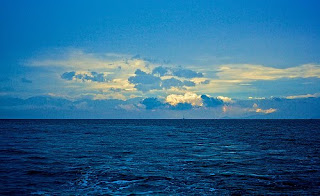We're really pleased to announce a new addition to our team!
James Marvin, a former U.S. Navy SEAL Commander, started this past Monday as our
Director of Business Development and Field Operations.
Burt Hamner, Hydrovolts CEO was enthusiastic:
We are excited to expand our team, and James’ expertise in both federal government relations and remote field operations will be integral to the company’s evolution and growth. James will not only implement turbine demos in canals and waterways around the world, but also help Hydrovolts do business with governmental organizations that work in remote, austere environments that can benefit from Hydrovolts’ renewable, fuel-free power generation technology.
James has 20 years of leadership experience in the most demanding and challenging environments around the world. His most recent assignment was Director of Operations for Naval Special Warfare Group Four (NSWG-4) where he managed maritime mobility platform operations for the U.S. Special Operations Command (USSOCOM) in riverine, coastal, and open ocean environments. He has global operational experience and has worked in the Pacific, South America, the Middle East, Europe, Africa as well as the U.S.
James and his family recently moved to the Seattle area from Virginia. The way they planned and executed the move is illustrative of both James' talents and a broader trend in relocation for top professionals. You can read more in
last week's profile in the Wall Street Journal.
James has hit the ground running. Tomorrow he and Hydrovolts Director of Engineering Brian Peithman are in the field near Yakima to do some advance work ahead of deployment of our first demonstration project later this spring.
Welcome James!













